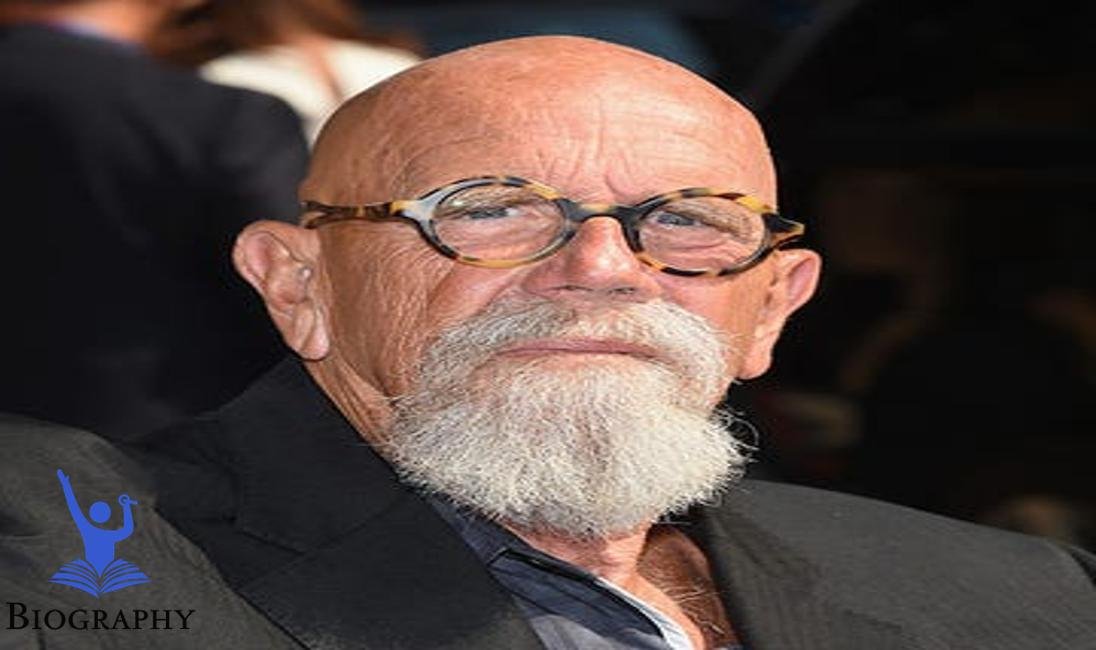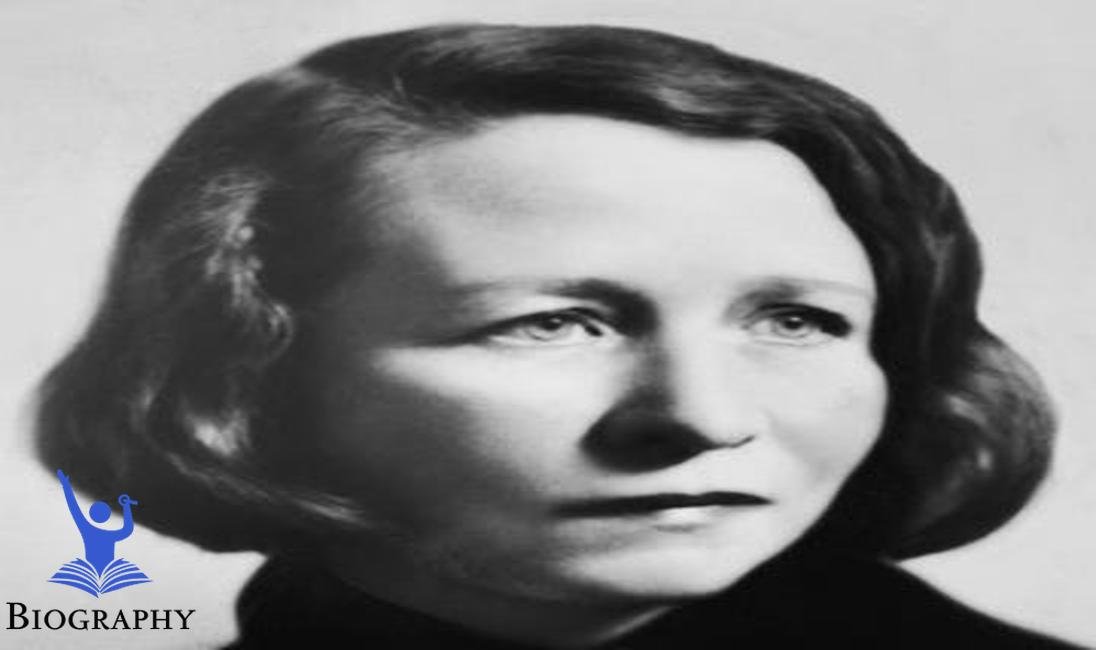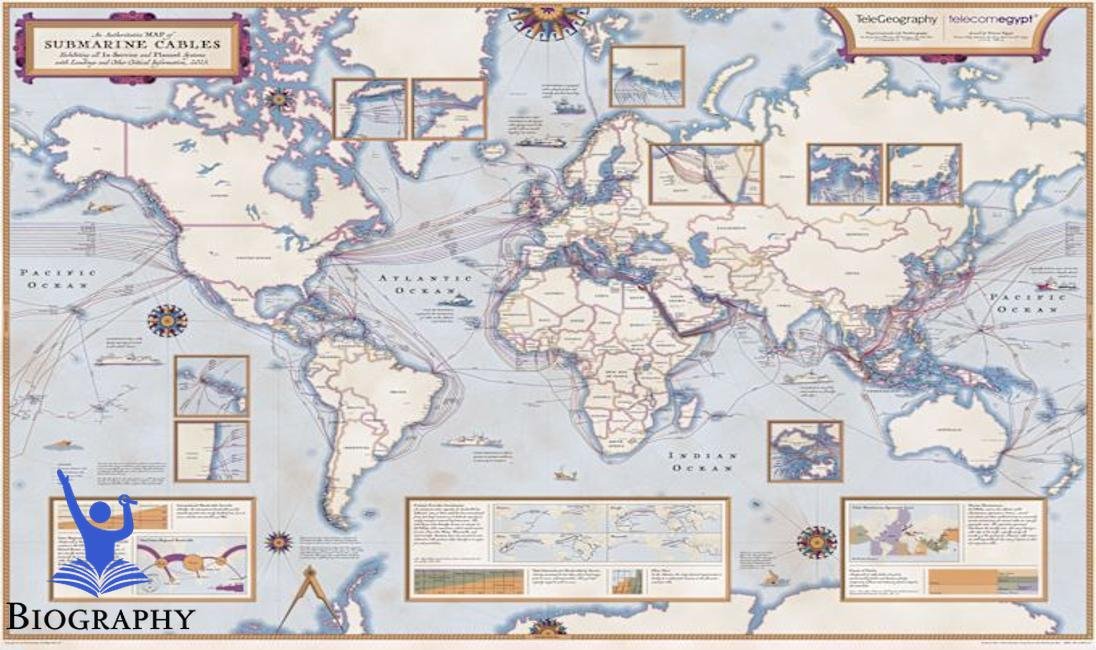Now Reading: Chuck Close | Biography,Art, painting,self-portrait,fact &wiki
-
01
Chuck Close | Biography,Art, painting,self-portrait,fact &wiki

Chuck Close | Biography,Art, painting,self-portrait,fact &wiki
Chuck Close: A Biography
Quick Facts
| Detail | Information |
|---|---|
| Age | 82 (as of 2024) |
| Weight | Approximately 200 lbs |
| Height | 6 ft 4 in (193 cm) |
| Original Name | Charles Thomas Close |
| Eye Color | Blue |
| Children’s Names | Georgia Close, Vincent Close |
| Birthdate | July 5, 1940 |
| Spouse | Leslie Rose Close |
| Home | New York, NY |
| Hometown | Monroe, Washington |
| Origin | American |
| Exes | N/A |
| Brand Ambassador Roles | Various art institutions |
Early Life and Family
On July 5, 1940, Toss Close was introduced into the world in Monroe, Washington. He was raised in a family that maintained his artistic vitality. Nikat was the only child of a working-class household, where he had a strong pastoral mindset from the very beginning. His father, who worked as a general contractor, and his mother, a teacher, provided powerful spaces for morality within him.
From the beginning, Close displayed an extraordinary passion for art, spending hours explaining and exploring his new gift. He was sure he had dyslexia, which made reading painful but did not hinder his intellectual curiosity. All things being equal, this challenge empowered him to communicate his ideas through convincing visual art. His life as a young man combined with the remarkable efforts of Washington State played a key role in shaping Close’s creative sensibilities
Early Career and Struggles
Close’s foray into the craft world began when she attended Washington College. When he was just starting out, he faced problems that many hopeful artists face, such as questions about themselves and financial battles. In 1961, he entered Yale College, where he meditated under such distinguished scholars as Bernard Chait and Alex Katz.
Despite her gifts, Close first fought to find her unique voice. Her early work was more conventional, and she often felt overshadowed by her peers. After graduating in 1962, he moved to New York City to work as a master firefighter. Living in a noisy city came with its own set of hardships, including overcoming the high cost of living and the stress of harsh weather
Close’s financial situation forced him to accept various positions, including working as a camera operator and a publisher. Ultimately, these meetings enhanced his abilities and information about arts policy. Regardless, he tried to hold on in the face of work being removed from performances.
Rise to Stardom
The first second Toss Close took place in the late 1960s. His novelistic style began to emerge, and it was created with expansive color palettes, meaningful images that zeroed in on the human face. Close pioneered an unmistakable style with a graphic design that enabled a few bright classes to create miniatures through progression This progressive style set him apart in the progressive adult theater.
In 1970, Close’s work was published in a free exhibition at the Whitney Exhibition Hall of American Craft in New York, which supported his understanding in particular His style spoke publicly and stood out among scholars and collectors alike face. The success of this show heralded the beginning of his rise to fame, as he gained notoriety and respect in the local craft community.
Success
Closes Creative progress adds a variety of rewards and potential doors that open. He won awards, fellowships and grants, reminiscent of a public collection of expressions in 2000. His range of work expanded past traditional art to include photography, printmaking and embroidery
One of Close’s most notable breakthroughs came in the 1990s when he created a series of heavy portraits that reflected his contemplative style. His works were praised for their depth and special function, making him an important figure in contemporary art. His fascinating approach to historical craft expanded the breadth of current craft and influenced an era of experts.
Failure
Despite its milestone, Throw Close faced challenges and risks throughout its career. In 1988, he suffered a fatal spinal fracture, starting in the neck. This incredible opportunity tested his strength and imagination, and inspired him to adjust his creative processes.
Close’s assurance pushed him forward. He grew new ways of making art, using specially designed brushes in front of him to work despite the constraints of serious realism but sometimes a battle of openness and exploration a made about the nature of his work provoked a hostile discussion in the craft area
Television Career
Close was originally known for her dedication to the craft world, and has been featured on TV. His impeccable handling of tropes caught the attention of producers, who inspired visitors to see scenes in projects such as The Simpsons, where he appeared as himself
Additionally, Close participated in various forums and anecdotes examining his life and career. This exposure allowed him to discuss processes and developments in his art, adding public understanding and enabling him to interpret both his challenges and successes.
Humanitarian Work
Hurl Close is not just an artist but additionally an ally to various causes of life. She has been involved in supporting disability rights, especially in relation to openness in the arts. Close’s own involvement with motion loss inspired him to bring issues of limitations perceived by artists with disabilities.
Similarly, he was involved in initiatives to support vocational school education, believing in the importance of developing young minds. Through studios and mentoring, Close has passed on her expertise to emerging professionals, emphasizing the unique strengths of hands-on skills in private and cultural settings
Also, Close participates in fundraising efforts for the Welfare Society, and uses that influence to help close her heart.
Personal Life and Controversies
Toss Close’s personal life is isolated by connections and family. He married Leslie Rose Close, with whom he has two young children, Georgia and Vincent. While Close maintained a relatively private life, media coverage of her dealings occasionally provoked interest.
In 2020, he would face allegations of sexual harassment from various women. The presentation generated a few discussions about responsibility in the craft community. Close freely denied the allegations, but acknowledged the importance of resolving such issues in his community. This conversation revealed the complexity of the iconic personal and professional specialist, and touched on his legacy in the craft world.
Legacy / Awards
Throw Close’s heritage is characterized by its sophisticated commitment to contemporary craftsmanship. His unique approach to painting and his ability to adapt his techniques despite adversity has made a lasting impact on the local craft Close has inspired countless experts and devotees of the craft for he’s shown to be devoted to his specialty and strength.
Through her work, Close has received a variety of honors, including the prestigious Citizens Award for Presentation. His work remains one part of the diversity of important exhibitions in important halls, and his influence can be seen in the style of contemporary representative artists
As the greatest figure in American craft history, Hurl Close’s narrative shaped modern craft and its commitment to providing the mind-filling truth of life as an expression of strength and assurance to overcome life’s challenges, and has explored African American history through sculpture, except today’s art history It guarantees its place in the histories








































